Bacteriophage Viruses Have Which of the Following Macromolecules
They are called obligate intracellular organisms because they are parasites kill the cell that require a host in order to replicate. DNA is described best as.
The functions of nucleic acids must do with the storage and expression of genetic information.
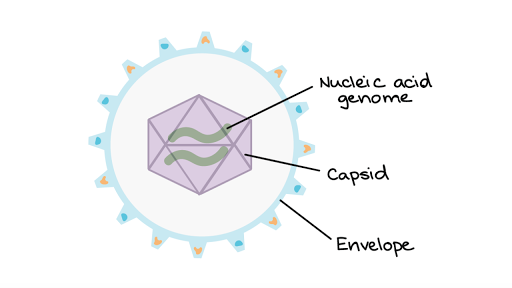
. C the mumps virus capsid is an enveloped helix. Viruses are usually much smaller than bacteria with the vast majority being submicroscopic. A bacteriophage is a type of virus that infects bacteria.
They are not considered living becuase they cannot replicate on their own organisms nor are they techincally considered non-living organisms. DNA and lipid DNA and RNA DNA and sugars DNA and protein - 14426012. They contain DNA or RNA in their genome which is encapsulated in a protein coat.
C It is a unit of nucleic acid in viruses. Up to 10 cash back A bacteriophage is a virus that infects bacteria. Phage lambda a temperate bacteriophage that infects Escheri-chia coli has long served as the paradigm for viral self-counting 710.
Which of the following statements are true about the capsomeres. Lets have a look at the 2nd paragraph- Bacteriophages or phages for short are viruses that specifically infect bacteria. Encoded by the virus must interpret a biological signal reflecting the relative abundance of viruses and host cells and use it to bias a decision between the two possible outcomes of infection.
However all consist of a nucleic acid genome encased in a shell of phage. The capsid of the a polio virus is naked icosahedral. However only 17 of the structurally aligned residues between T4 gp24 and the HK97 capsid protein were identical.
They are ubiquitous in the environment and are recognized as the most abundant biological agent on earth. They are extremely diverse in size morphology and genomic organization 123. Figure 214 Viruses can be either complex in shape or relatively simple.
A bacteriophage b æ k ˈ t ɪər i oʊ f eɪ dʒ also known informally as a phage ˈ f eɪ dʒ is a virus that infects and replicates within bacteria and archaeaThe term was derived from bacteria and the Greek φαγεῖν phagein meaning to devourBacteriophages are composed of proteins that encapsulate a DNA or RNA genome and may have structures that are either. Thus the capsid proteins of T4 like that of most tailed bacteriophages have the HK97-like capsid protein fold. Icosahedral phage head-tail phage and filamentous phage.
Nucleic acid of viruses is known as Capsid. Bactericidal activity of bacteriophage was first observed in 1896 by Ernest Hanbury Hankin in the water of river Ganges which could kill cholera bacteria. Bacteriophage viruses have DNA and protein.
The genes range from four to several thousand. Adenovirus which uses spikes from its capsid to bind to host cells. Some large viruses have been found.
The lytic cycle where the virus replicates and bursts out of the bacteria and the lysogenic cycle which involves the incorporation of the viral genome into the bacterial host genome. The bacteriophage T4 with its DNA-containing head group and tail fibers that attach to host cells. D the tobacco mosaic virus capsid is naked helical.
Their capsid can be isohedral filamentous or head-tail in shape. Nucleic acid is a crucial class of macromolecules found in all told cells and viruses. For a comparison of the size of a virus.
A bacteriophage is a virus that infects a bacterial cell and reproduces inside it. B It is a viral protein for replication. There are many types of bacteriophages present.
Viruses possess their own metabolic system. B the Epstein-Barr virus capsid is enveloped icosahedral. And e the herpesvirus capsid is complex.
Bacteriophage or phage is a virus infecting bacterial cells. DNA and sugars D. While most viruses range in size from 5 to 300 nanometers nm in recent years a number of giant viruses including Mimiviruses and Pandoraviruses with a diameter of 04 micrometers µm have been identified.
DNA encodes the knowledge the cell has to make proteins. There may also be a phospholipid membrane surrounding the capsid. It multiplicates within a bacterial cell.
They vary a lot in their shape and genetic material. William Twort discovered bacteriophage in 1915. Search for an answer or ask Weegy.
The head-tail structure seems to be unique to phages and their close relatives and is not found in eukaryotic viruses. The basic structure of bacteriophage is a genome containing DNA or RNA surrounded by a protein coat. Viruses and bacteriophages invade cells and use the host cells machinery to synthesize more of their own macromolecules.
DNA and RNA C. A bacteriophage may contain DNA or RNA. They may replicate by lytic or lysogenic cycle.
Bacteriophage viruses have which of the following macromolecules. Bacteriophage viruses have which of the following macromolecules. A It is an individual unit of the capsid.
Bacteriophage viruses have which of the following macromolecules. Virions are acellular and consist of a nucleic acid DNA or RNA but not both surrounded by a protein capsid. DNA and lipid B.
For example bacteriophages attack bacteria prokaryotes and viruses attack eukaryotic cells. Once inside the host the bacteriophage or virus will either destroy the host cell during reproduction or enter into a parasitic. This figure shows three relatively complex virions.
Confirmed by jeifunk 3202018 94053 AM. They have two different modes of replication. Bacteriophages also known as phages are viruses that infect and replicate only in bacterial cells.
Phages and other viruses are not considered living organisms because they cant carry out biological processes without the help and cellular machinery of another organism. Log in for more information. This answer has been confirmed as correct and helpful.
Viruses are generally ultramicroscopic typically from 20 nm to 900 nm in length. In fact the word bacteriophage literally means bacteria eater because bacteriophages destroy their host cells. Bacteriophage viruses have which of the following macromolecules.
And HIV which uses glycoproteins embedded in its envelope to bind to host cells. Asked 1182012 84218 PM. They also infect archaea.
Furthermore the major capsid protein gp23 and the vertex protein gp24 are similar in molecular weight and in sequence. All viruses contain both RNA and DNA. D All of the above.
The capsid of a bacteriophage can be icosahedral filamentous or head-tail in shape. Bacteriophages are viruses that infect bacteria.

Intro To Viruses Article Viruses Khan Academy
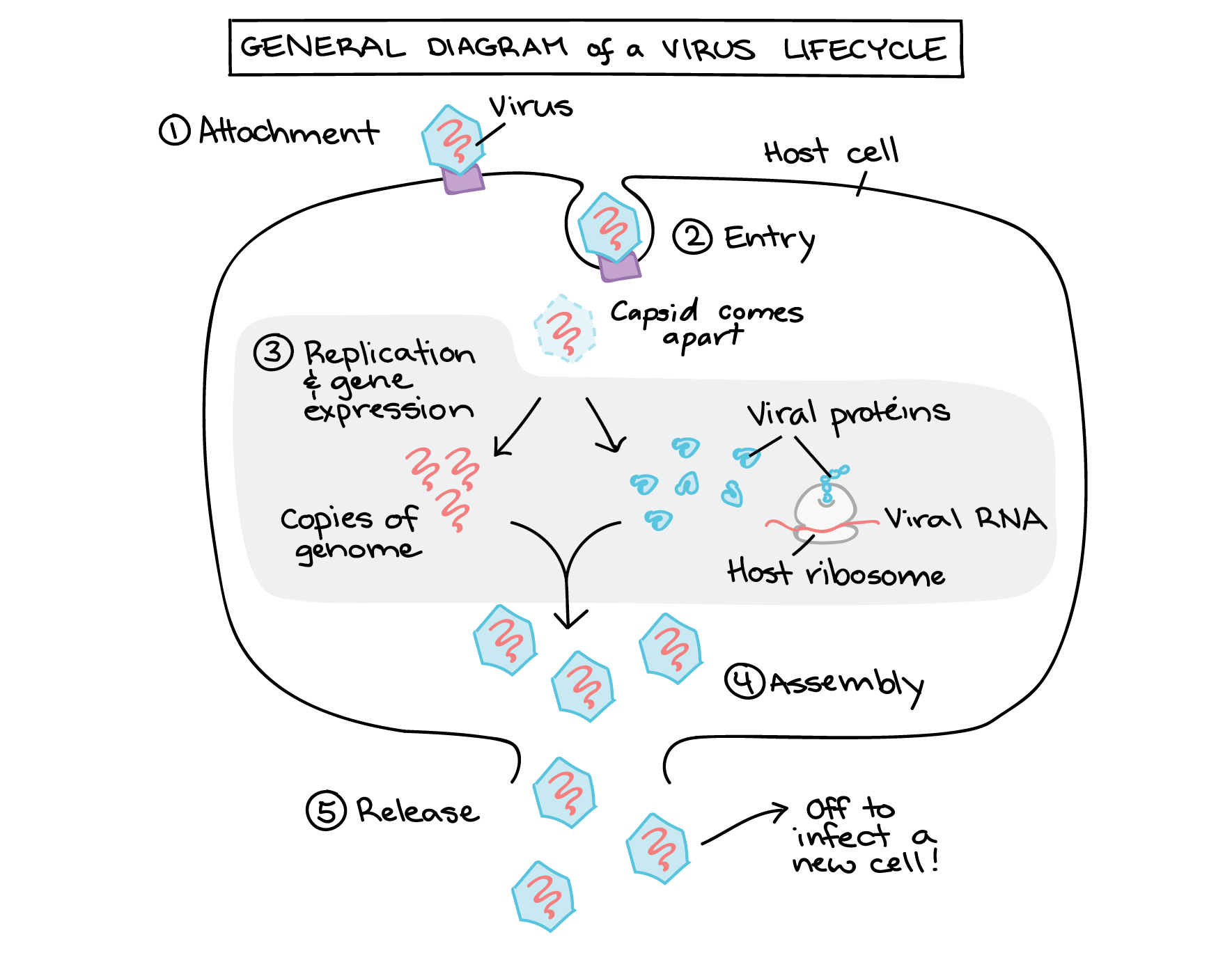
Intro To Viruses Article Viruses Khan Academy
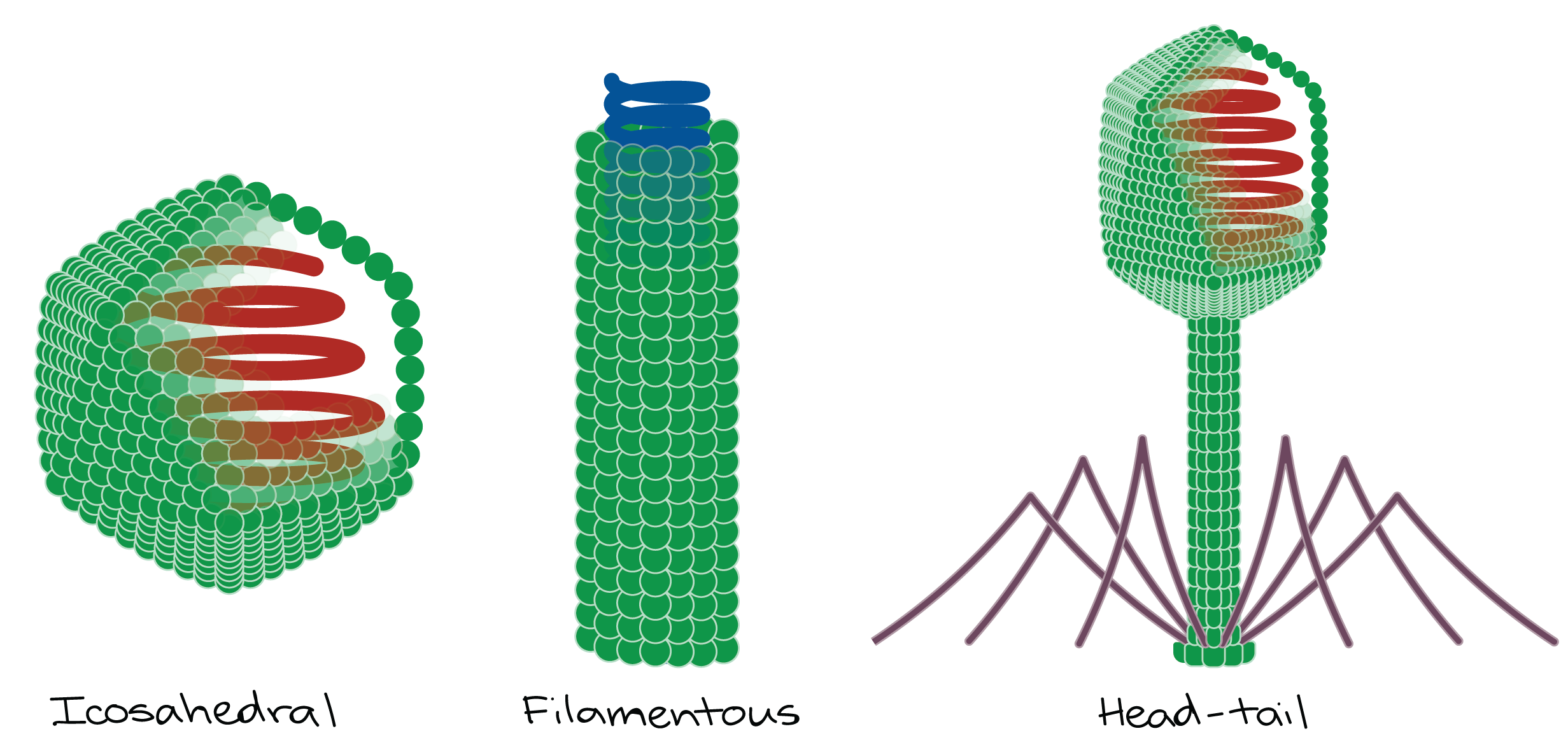
Intro To Viruses Article Viruses Khan Academy
12 1 Viruses Concepts Of Biology 1st Canadian Edition
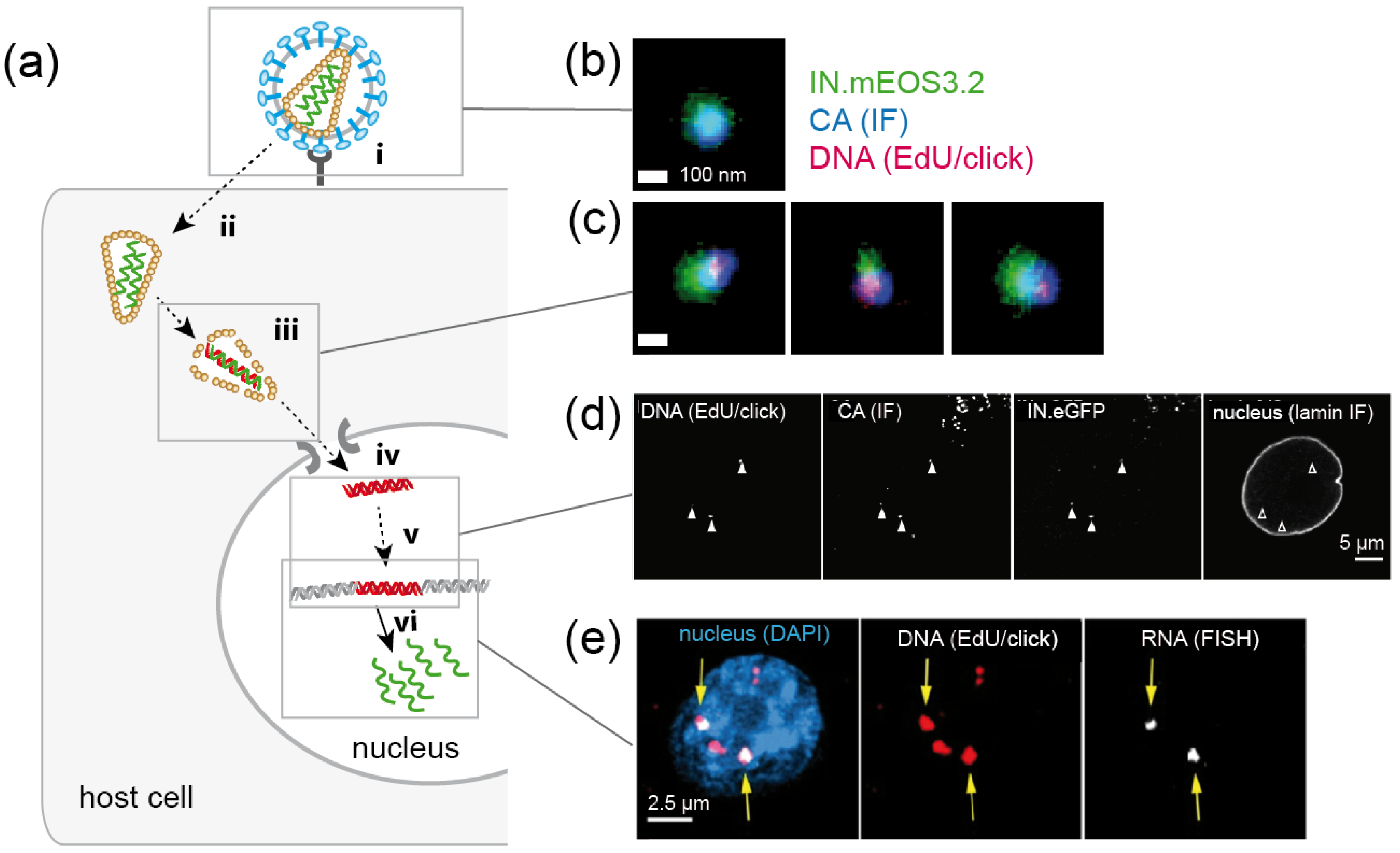
Molecules Free Full Text A Spotlight On Viruses Application Of Click Chemistry To Visualize Virus Cell Interactions Html

A Suspiciously Friendly Bacteriophage Evil Bacteriophage Here Https Www Etsy Com Listing 515309447 Bacteriophage Biology Art Biology Humor Science Biology

Learn For Free About Math Art Computer Programming Economics Physics Chemistry Biology Medicine Finance Histo Khan Academy Dna Technology Dna Sequence
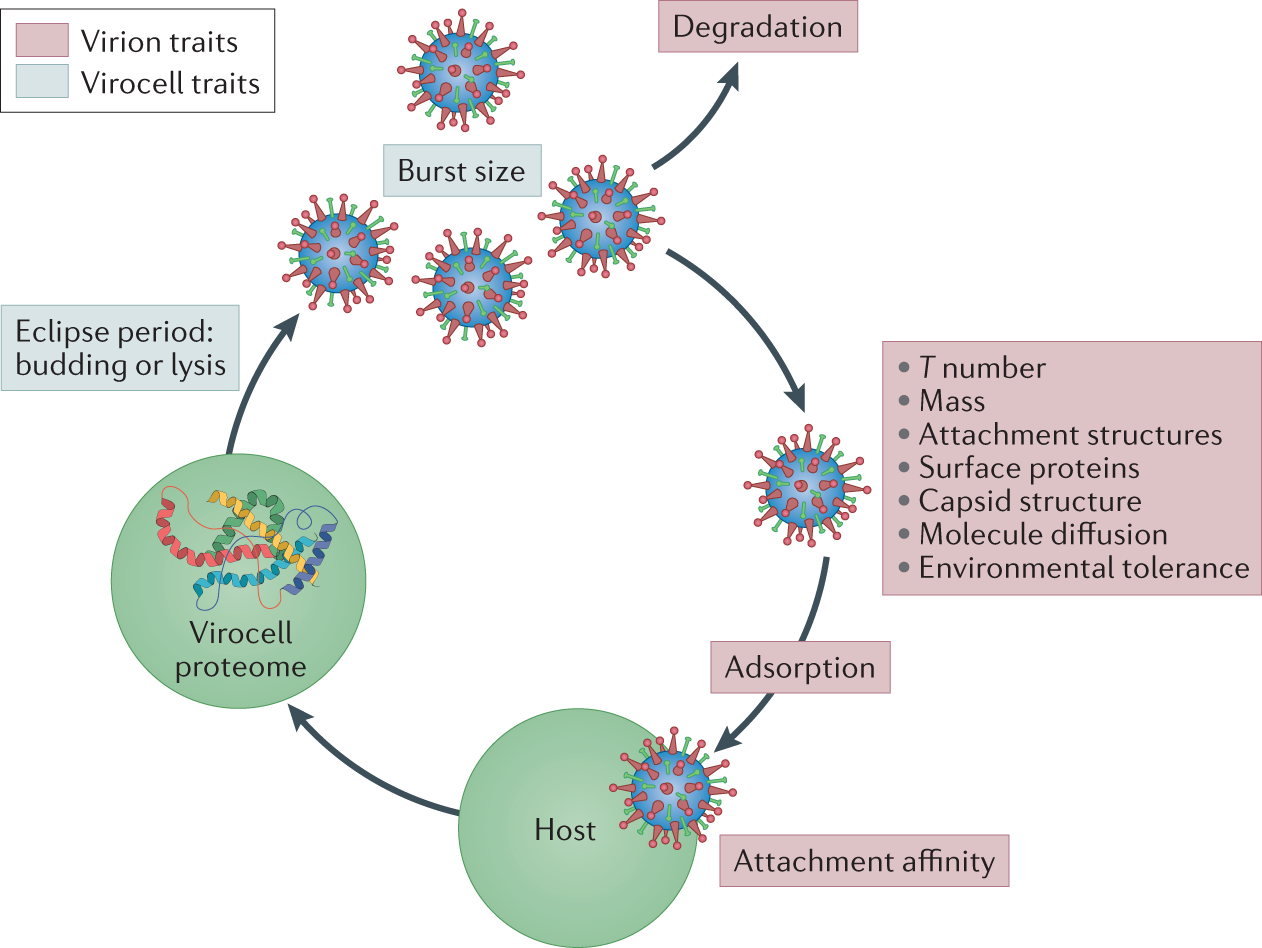
Towards An Integrative View Of Virus Phenotypes Nature Reviews Microbiology

Potential Of Cell Penetrating Peptides Cpps In Delivery Of Antiviral Therapeutics And Vaccines Sciencedirect

Study Adds To Evidence That Viruses Are Alive Science Demonstrations Biology Protein Folding

Lipid Organization Based On Structural Relationships Biochemistry Macromolecules Biochemistry Notes
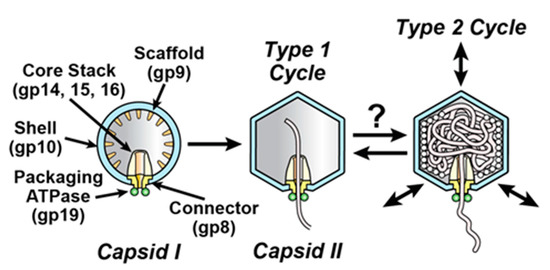
Viruses Free Full Text Atp Driven Contraction Of Phage T3 Capsids With Dna Incompletely Packaged In Vivo Html
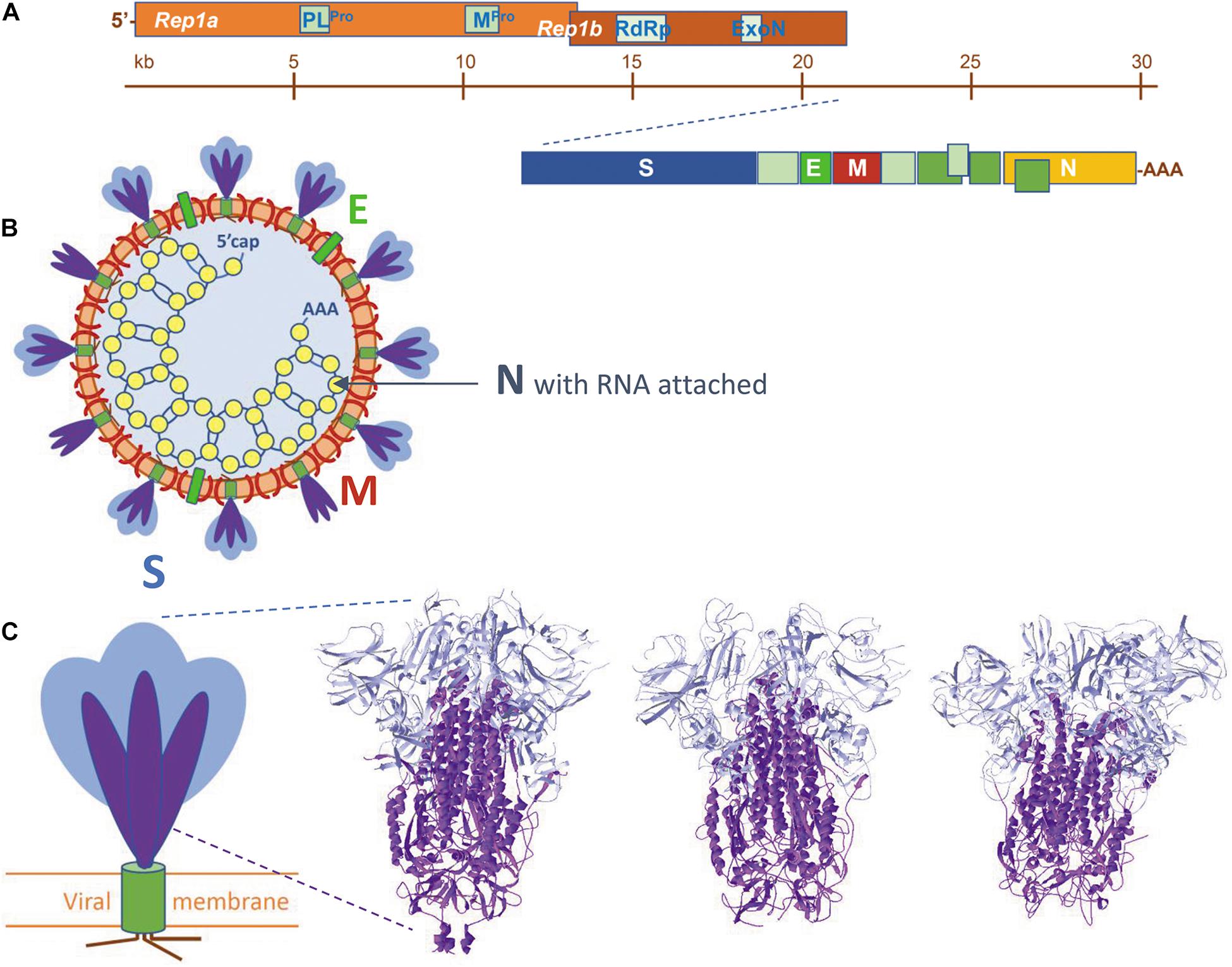
Frontiers Scrutinizing Coronaviruses Using Publicly Available Bioinformatic Tools The Viral Structural Proteins As A Case Study Molecular Biosciences

Nanotechnology Based Approaches For Emerging And Re Emerging Viruses Special Emphasis On Covid 19 Sciencedirect

Regulation Of A Viral Proteinase By A Peptide And Dna In One Dimensional Space Journal Of Biological Chemistry

Gk Questions And Answers On Types Of Viruses Biology

Introduction To Viruses Prions Structure Life Cycle Transmission Etc Life Cycles Transmission Life

Comments
Post a Comment